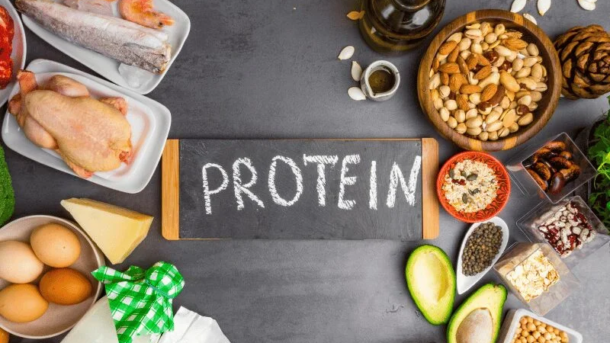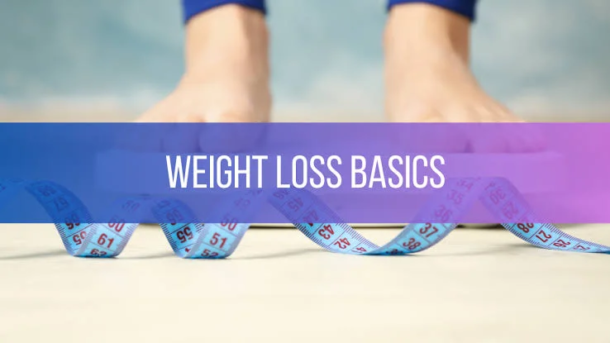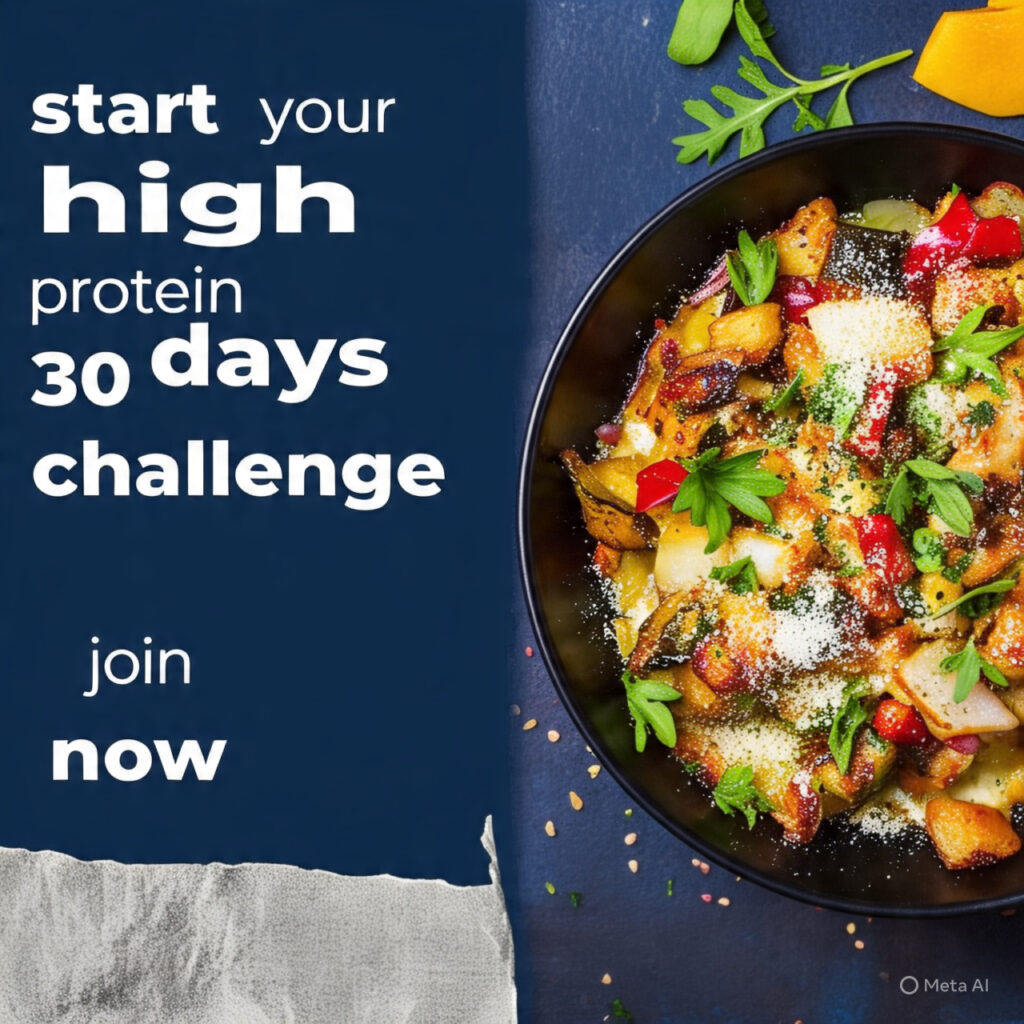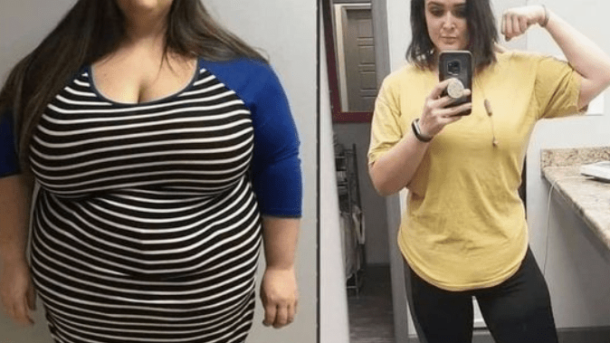et’s be real—losing weight and building muscle can feel frustrating when you’re constantly hungry or struggling to see results. But what if I told you there’s a simple fix?

Studies show that increasing your protein intake can help you burn fat, stay full longer, and build lean muscle without making your life harder.
And here’s the best part—you don’t need to spend hours meal prepping or eat plain chicken and broccoli every day. I’ve put together a high-protein meal plan that’s easy, delicious, and fits into any lifestyle. Whether you’re looking to drop weight, gain strength, or just eat better, this plan makes it effortless.
Are you ready to make healthy eating simple and satisfying? Let’s dive in!
Why This High-Protein Meal Plan Is Perfect for You
This balanced, protein-packed meal plan is designed to keep you full, energized, and on track with your health goals—whether you’re aiming for weight loss, muscle building, or simply eating healthier. Here’s why this meal plan works:
- Keeps You Full & Fuels Muscle – High-protein meals control hunger, reduce cravings, and support muscle retention while losing weight.
- Boosts Metabolism & Fat Burn – Protein takes more energy to digest, helping you burn more calories naturally.
- Balanced & Nutritious – Includes fiber, healthy fats, and essential nutrients for overall wellness.
- Diverse & Flexible – Offers vegetarian, plant-based, and lean meat options to fit different lifestyles.
- Easy & Meal-Prep Friendly – Quick one-pan meals, wraps, and casseroles save time without sacrificing flavor.
- Healthy Comfort Foods – Enjoy lasagna, grilled cheese, and sloppy joes—all protein-packed and guilt-free!
This 7-day high-protein plan makes healthy eating simple, satisfying, and effective. Ready to feel the difference?
New Scientific Research on High-Protein Diets
Now, here’s something exciting that most people don’t know yet—Orford University is currently running a groundbreaking study on next-level WW meal plans and their impact on weight loss.
Their research focuses on a revolutionary approach: removing the need to track certain foods. The idea is simple but powerful—when people don’t have to log every single thing they eat, they’re more likely to stick to a healthy diet long-term.
Early findings are already showing impressive results:
- Participants lost an average of 7.9% of their body weight in just six months.
- Over 60% of them lost at least 5% of their initial weight (a big win for health!).
- More than 30% managed to drop over 10% of their weight, which is HUGE.
This could change the future of weight loss programs forever—making WW even more intuitive, stress-free, and effective.
Celebrities Who Swear by High-Protein Meal Plans
Many celebrities have embraced high-protein meal plans to enhance their health, fitness, and overall well-being. Here are a few notable examples:
Jennifer Garner
The acclaimed actress incorporates high-protein meals into her daily routine. She enjoys protein-packed meals like egg bites, roasted chicken, and turkey burritos to stay energized while balancing a busy life. Garner emphasizes the importance of enjoying food without guilt and ensures her meals are rich in vegetables and protein.
Cody Rigsby
The prominent Peloton instructor emphasizes the importance of a high-protein diet to stay fit and healthy as he ages. Rigsby credits his physical activity and nutrition, particularly protein intake, for his strong physique. His diet includes protein-rich meals like egg whites, steak, chicken, and salmon. He advises planning meals around protein to curb cravings and maintain satiety.
Tiffani Thiessen
At 51, actress and cookbook author Tiffani Thiessen has shifted her focus toward wellness, emphasizing feeling good over merely looking good. Thiessen aims for a balanced and sustainable approach to health, incorporating more protein into her diet and engaging in enjoyable activities like hiking and pickleball. She highlights the importance of mental health in achieving overall wellness.
How Much Protein Should You Eat Daily?
According to the Harvard Medical School, the intake depends on your weight, activity level, and goals! The general rule is 0.8g of protein per kg of body weight (0.36g per pound), so if you weigh 150 lbs (68 kg), you need around 55g daily. But if you’re active or building muscle, you’ll want more—around 20–25g after a workout to maximize muscle growth. Just don’t go overboard—research shows eating more than 40g in one sitting doesn’t give extra benefits.
The key? Spread your protein throughout the day for the best results!
How to Follow a High-Protein Diet?
Embarking on a high-protein diet can be a game-changer for your health and fitness goals. Here’s how to do it right:
- Plan Your Meals: Design a weekly meal plan focusing on lean proteins like chicken, fish, tofu, and legumes.
- Choose Quality Over Quantity: Opt for high-quality protein sources to ensure you’re getting essential amino acids.
- Balance is Key: Pair proteins with whole grains, fruits, and vegetables to keep your meals balanced and nutritious.
- Monitor Your Intake: Use a food journal or nutrition app to track your protein consumption and stay on target.
- Stay Hydrated: Drinking plenty of water aids digestion and supports kidney function, especially important on a high-protein diet.
- Listen to Your Body: Pay attention to how you feel and adjust your protein intake as needed.
Latest Insight: Did you know that insect protein is emerging as a sustainable and nutritious alternative? Recent studies suggest that insect protein can support optimal bone growth and development, offering a promising addition to high-protein diets.
By following these steps and staying informed about new protein sources, you can effectively adopt a high-protein diet that suits your lifestyle and supports your health goals.
What Foods are Highest in Protein?
Incorporating high-protein foods into your diet is essential for building muscle, supporting metabolism, and maintaining overall health. Here’s a curated list of top protein-rich foods to consider:
1. Lean Meats
- Chicken Breast: A 100-gram serving provides approximately 22.5 grams of high-quality protein.
- Turkey: Cooked turkey breast offers about 25.6 grams of protein per 85-gram serving.
2. Fish and Seafood
- Salmon: A single fillet (178 grams) contains around 39.3 grams of protein, along with beneficial omega-3 fatty acids.
- Tuna: One can (107 grams) provides about 20.3 grams of protein, making it a convenient pantry staple.
3. Dairy Products
Cottage Cheese: Low-fat cottage cheese offers about 11 grams of protein per 100 grams, making it a versatile
Greek Yogurt: This thick, creamy yogurt is not only delicious but also packs a protein punch, with approximately 10 grams per 100-gram serving.














